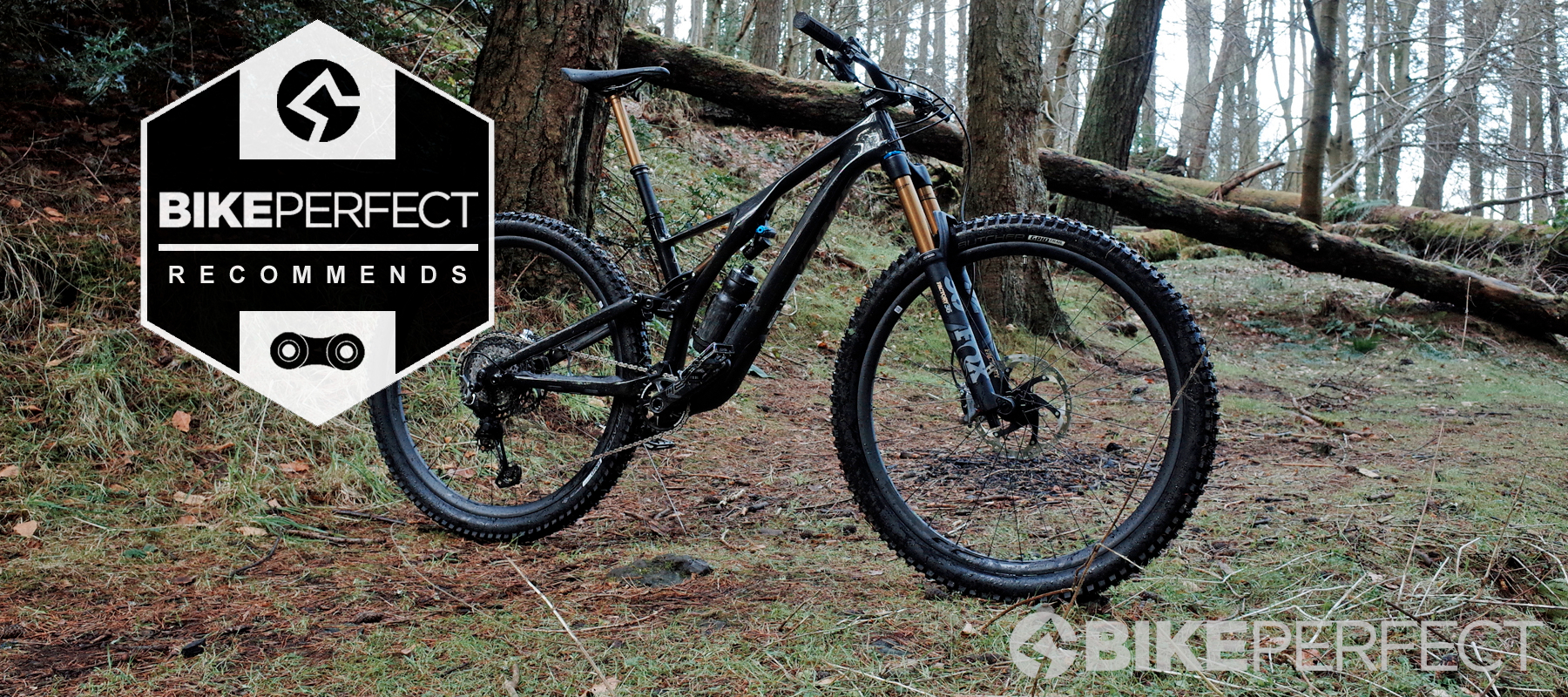Bike Perfect Verdict
Geometry numbers are only part of the story, while the new Stumpjumpers have been radicalized, the 2020 version should still be given serious consideration as its a riot on tight and playful trails.
Pros
- +
Smile inducing lively feel on twisting trails
- +
Confidence boasting suspension performance
- +
Decent weight
- +
Practical storage features
- +
Great component package
Cons
- -
Soft seat clamp
- -
Pedaling efficiency is reliant on shocks climb setting
Why trust BikePerfect
Originally published 23rd December 2021.
Joe Breeze is credited with the birth of the first mountain bike back in 1978 but arguably more significant is the role Specialized played. Just three years after Breeze developed his first 10 handbuilt frames Specialized released the first mass-produced mountain bike, the Stumpjumper. Since then the mountain bike industry has been a whirlwind of product development and refinement and 40 years later the Stumpjumper heritage is a unique look at how trends and technology have developed through the years.
Design and geometry
The Stumpjumper has always tried to place itself among the best trail mountain bikes around. However, as rider demands have changed the interpretation of what a mountain bike is to most riders has also evolved. The Stumpjumper has gone from rigid to hardtail to full-suspension only, transitioned from 26-inch to 29er as well as the introduced an aggro EVO and short travel ST model. Each new iteration has demonstrated a significant step forward rendering previous models like the 2011 EVO, a 145mm trail bike of the time, horribly dated with its stock 90mm stem, 26-inch wheels and 2in rear tire.
After 40 years you would think that the technological leap forwards of bygone years would have slowed down but it really hasn’t. Even between the 2020 and 2021 models, the Stumpjumper has had some significant changes. Lighter, longer, 1.5 degrees slacker and the introduction of flex stays rather than pivots continue the beat of the progression drum. And that’s just the everyday garden version, the 2021 Stumpjumper EVO model is even longer and slacker.
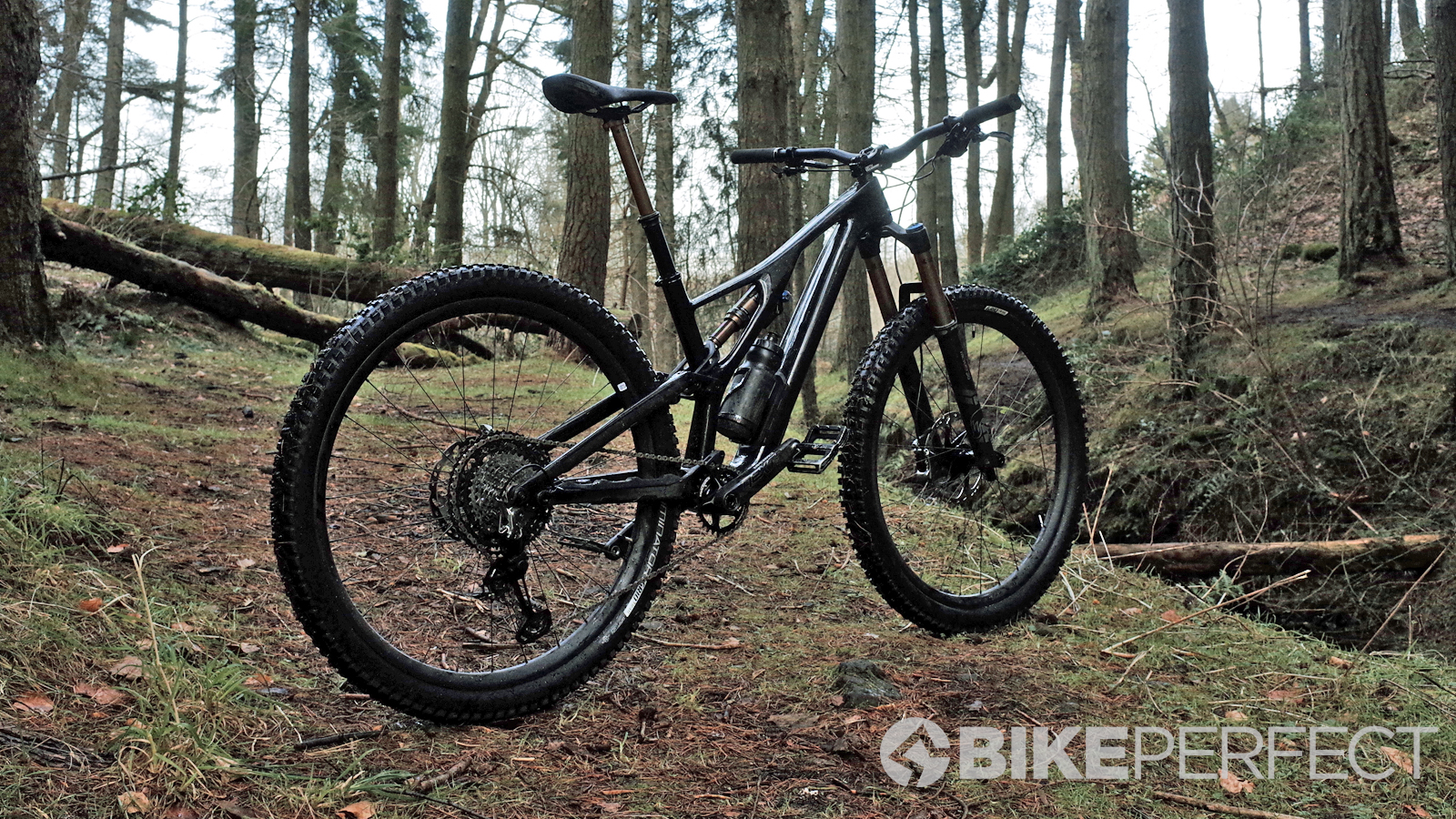
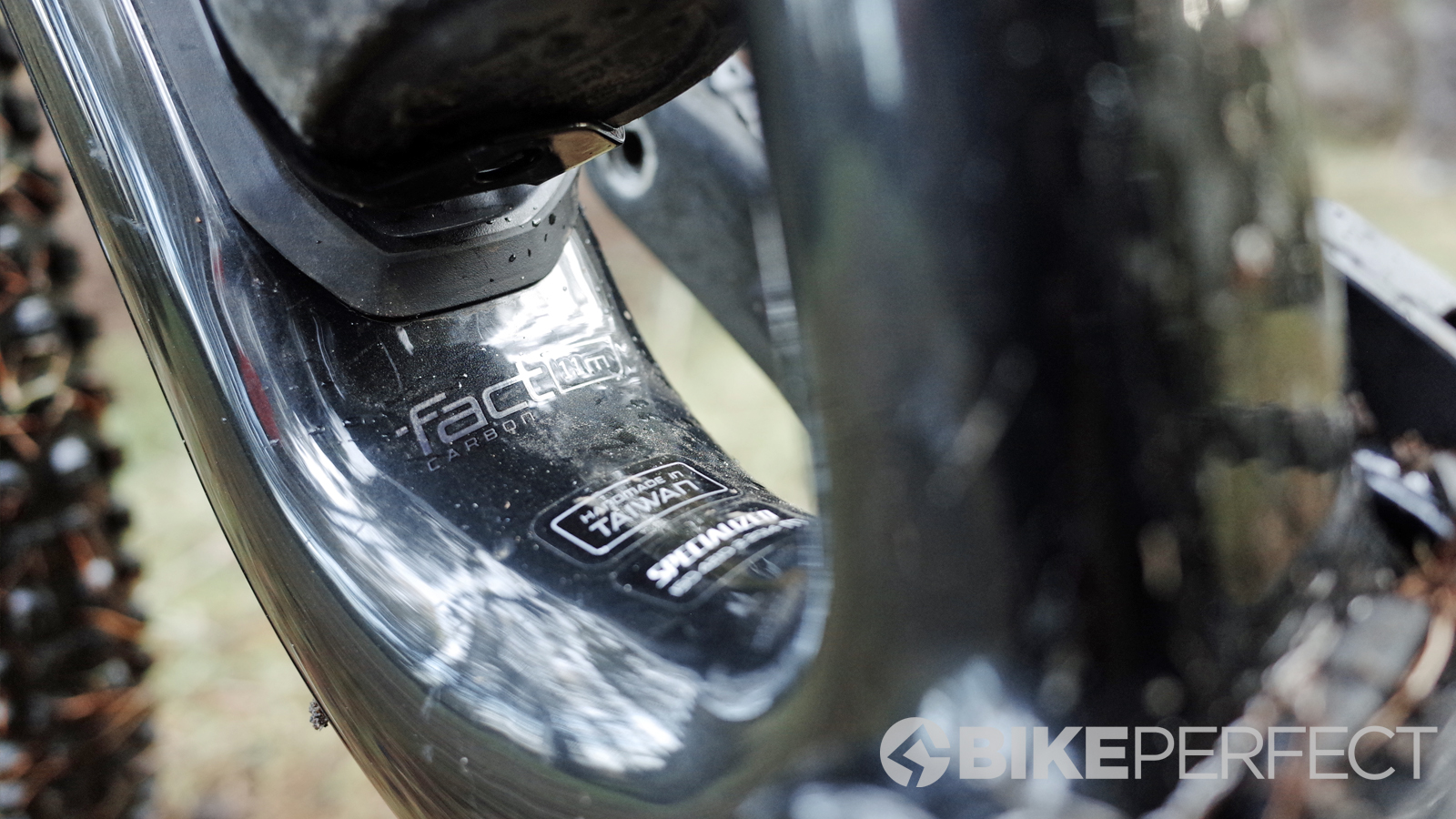

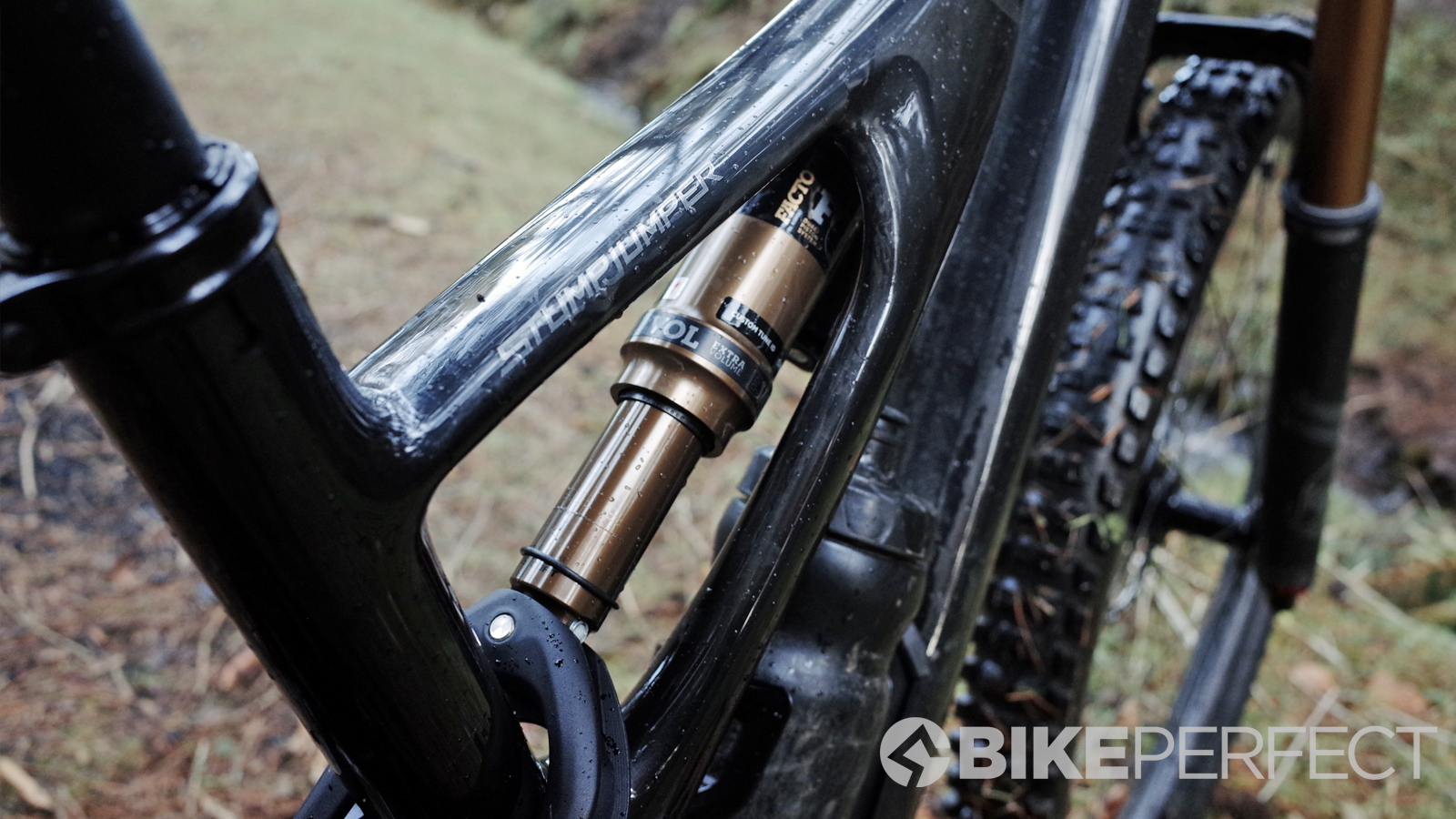
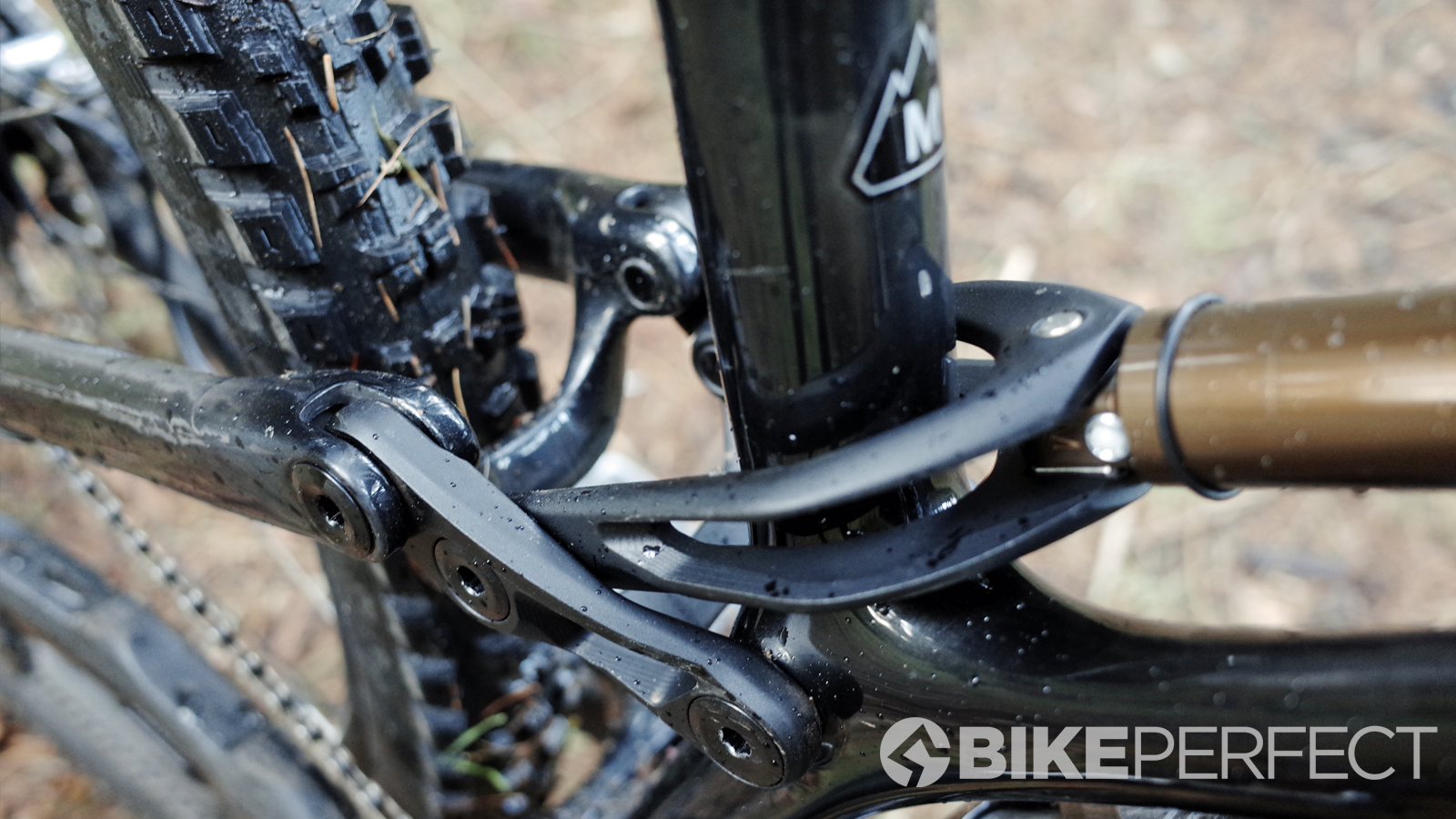
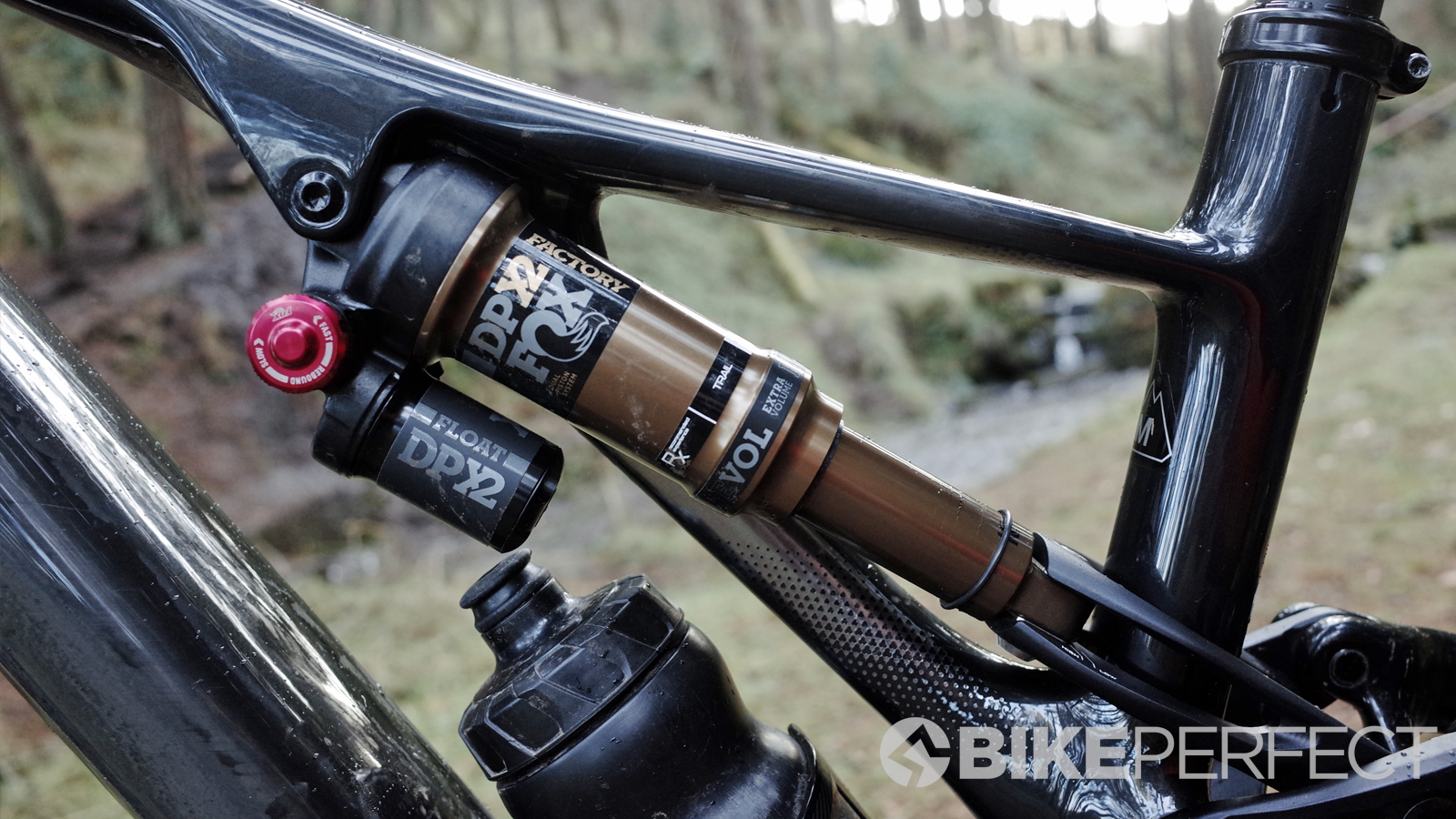
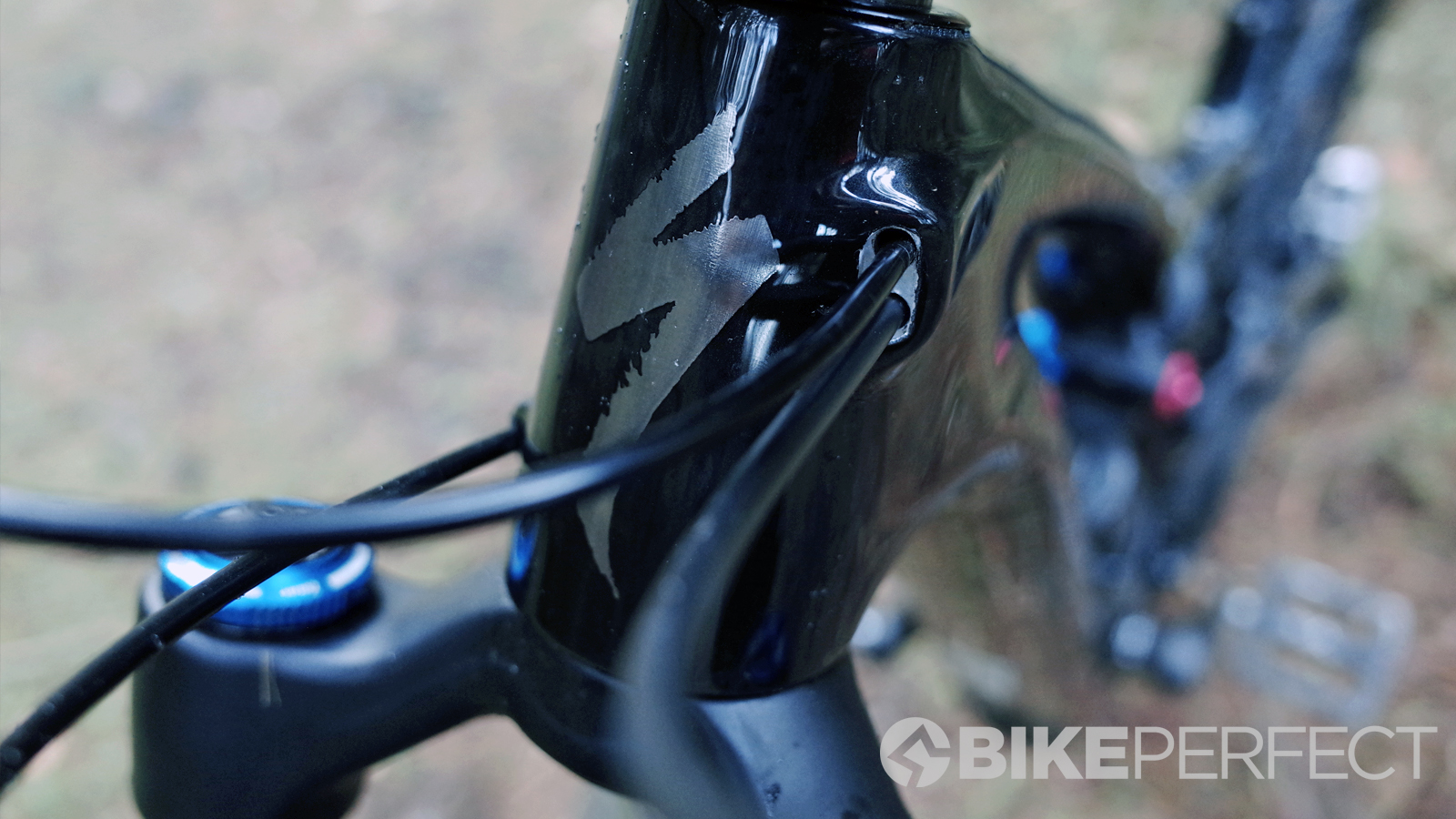
I am all for progression, however, the pursuit of improvement has begun opening up the question of what is actually better? We are told that the new thing is the next step up but after swinging a leg over last year's 2020 Stumpjumper S-Works I think we need to think more critically about what makes a bike good.
After all, minus the absence of rear pivots on the regular Stumpjumper and a few frame details physically not much has changed. The 2020 Stumpjumper S-Works still gets Specialized’s top of the range FACT 11m carbon chassis and rear-end and striking asymmetric frame design. The cable routing is neatly internal and enters at the headtube to eliminate cable rub and a downtube guard around the BB area to fend off nuisance rocks. You also get Specialized's SWAT features, too, with its the steerer tube mounted multi-tool and storage in the downtube for an innertube plus accessories.
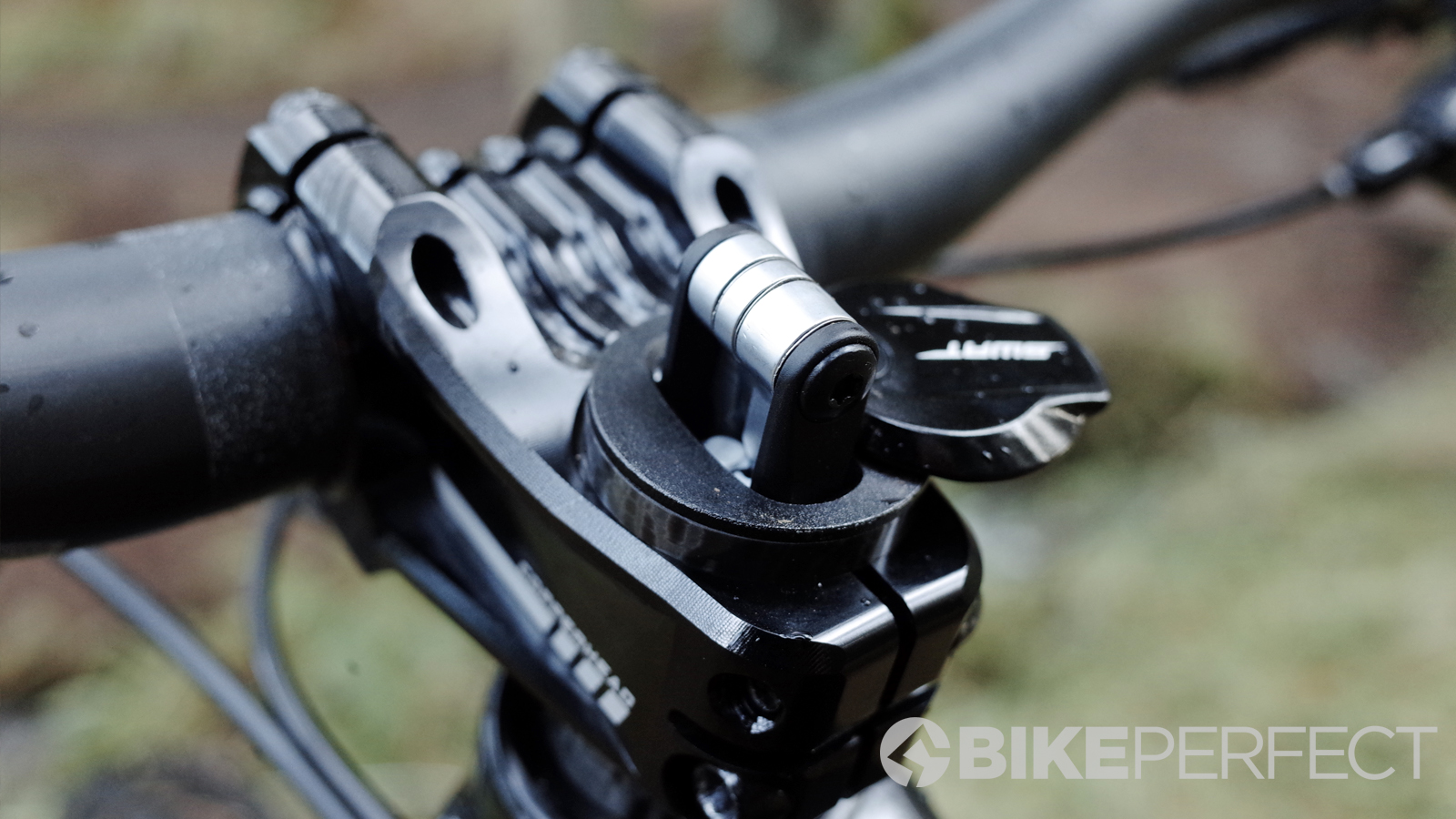
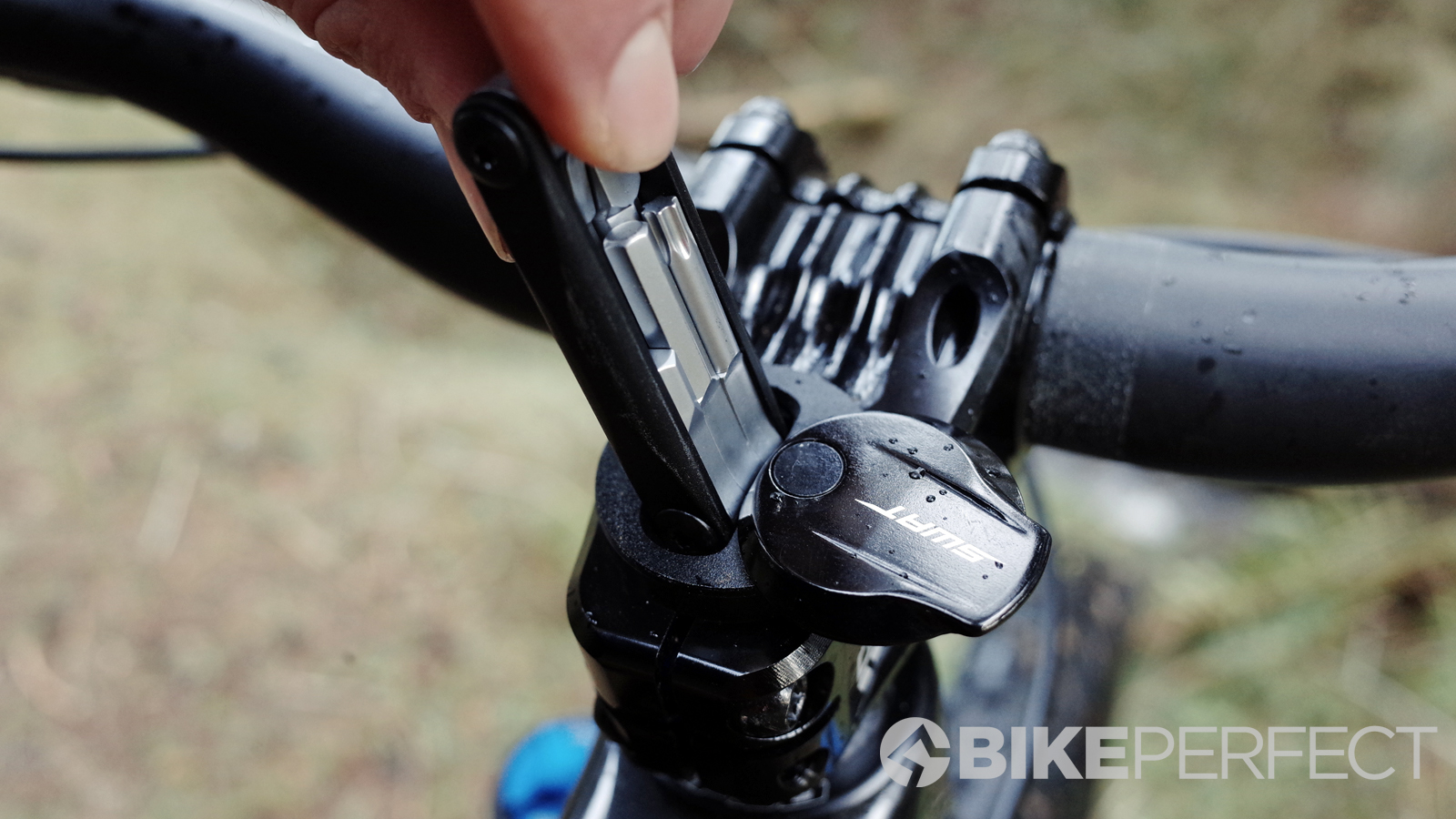
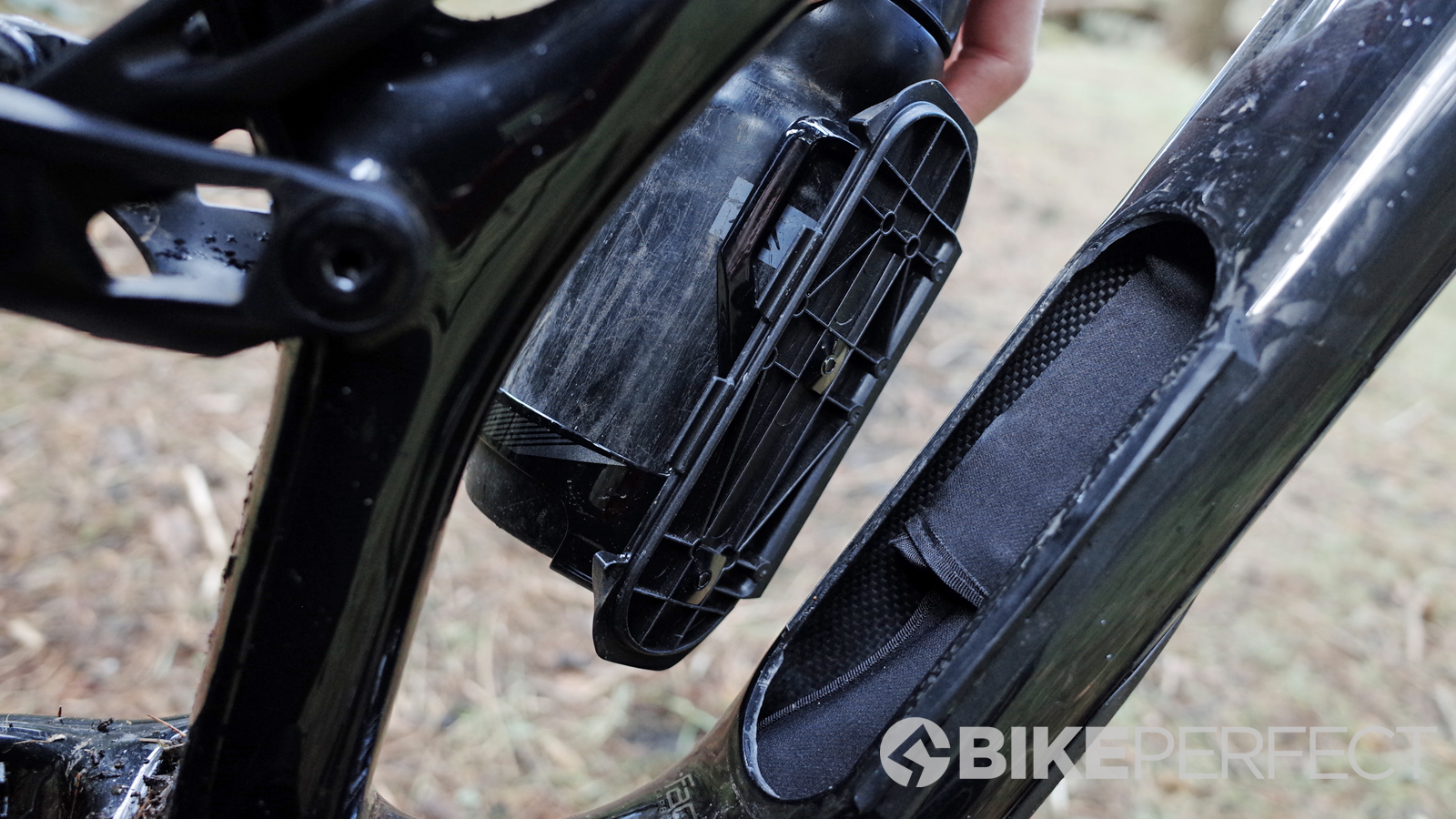
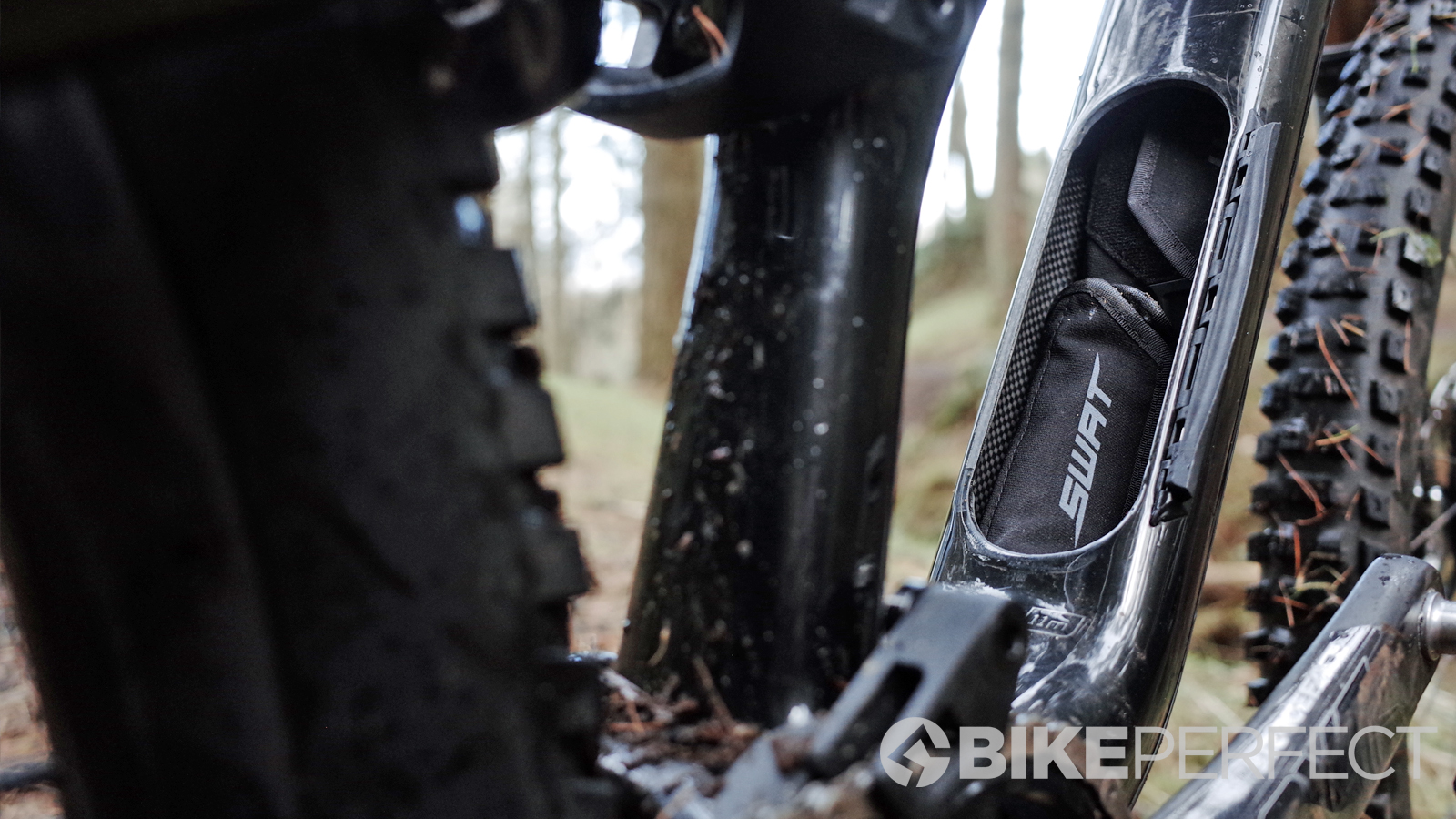
Specification
As an S-Works model, our bike came kitted out with the best kit from the likes of Fox, Shimano and Roval. A 150mm Fox Float Factory 36 provides the clout to point into any trail with the control to make it to the bottom in one piece. The DPX2 Factory shock with its Trail Tune is well paired and both get Kashima coating to keep everything sliding as smoothly as possible. The Fox trifecta is completed with a Kashima coated Fox Factory Transfer dropper post. Shimano’s XTR drivetrain, with the compliment of carbon Next R cranks from Race Face, is smooth and efficient. The brakes are also from Shimano’s top of the range off-road groupset, the four-piston XTR calipers are powerful and precise although we did notice an occasional vagueness with bite point.


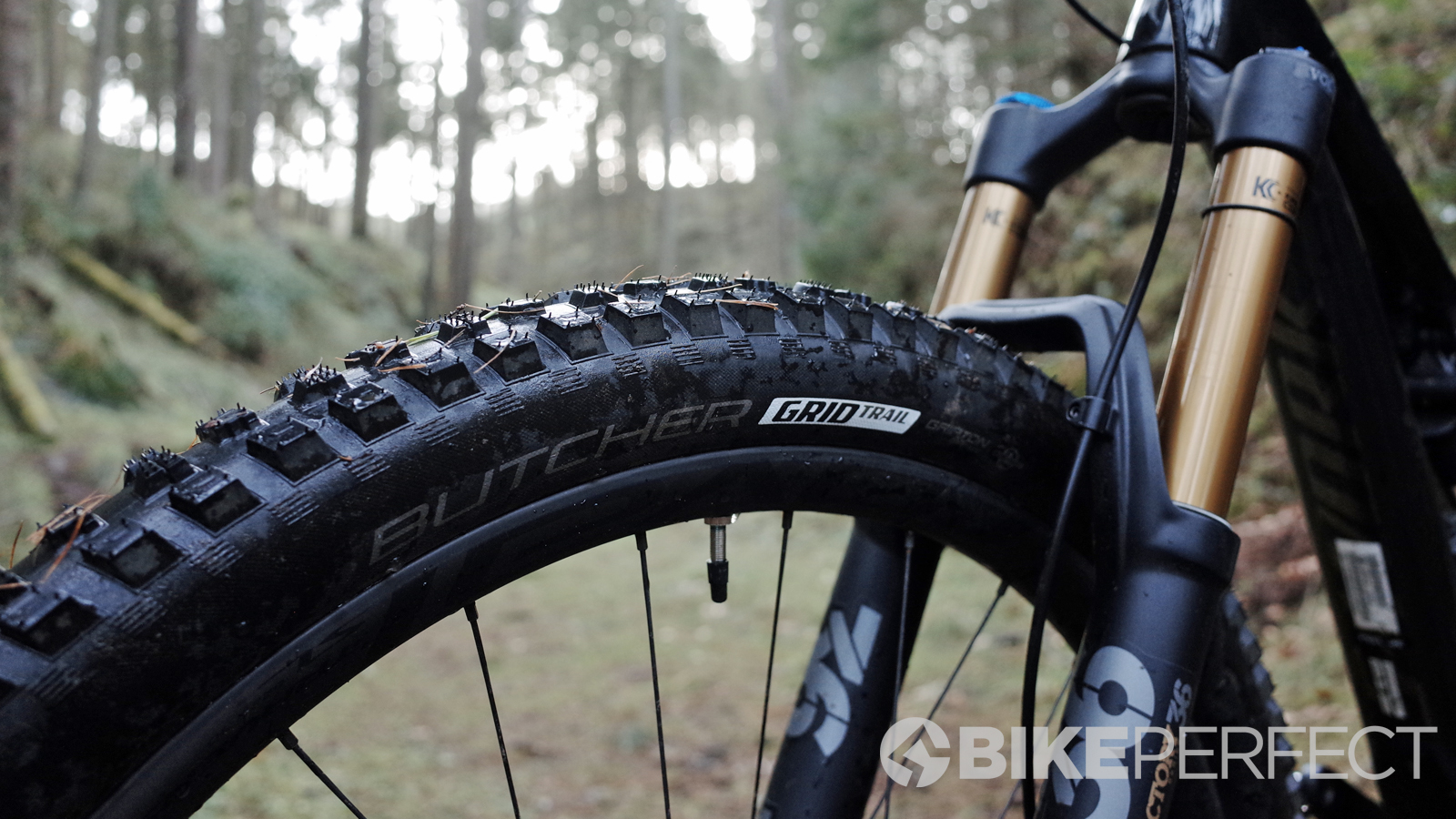
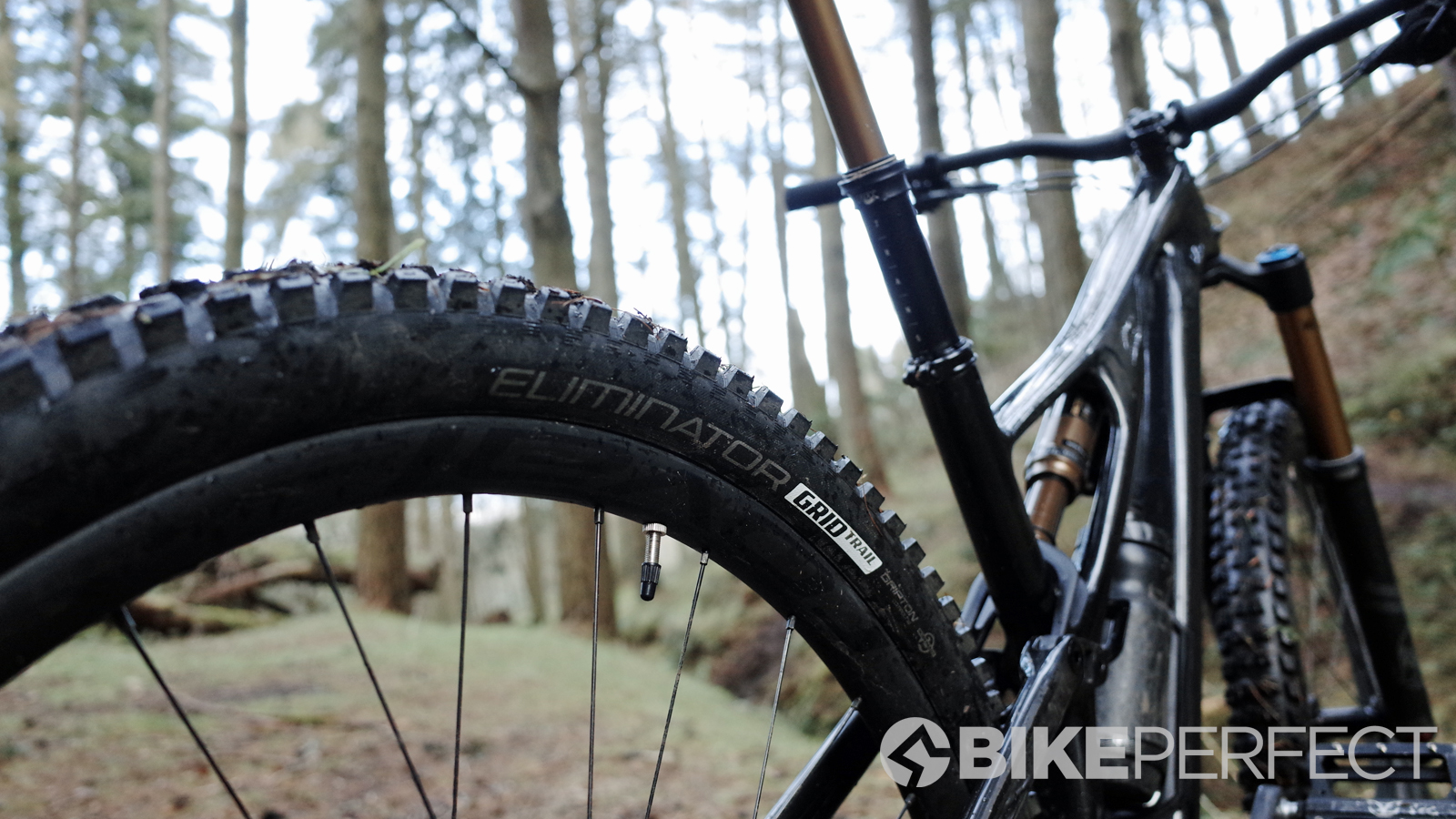
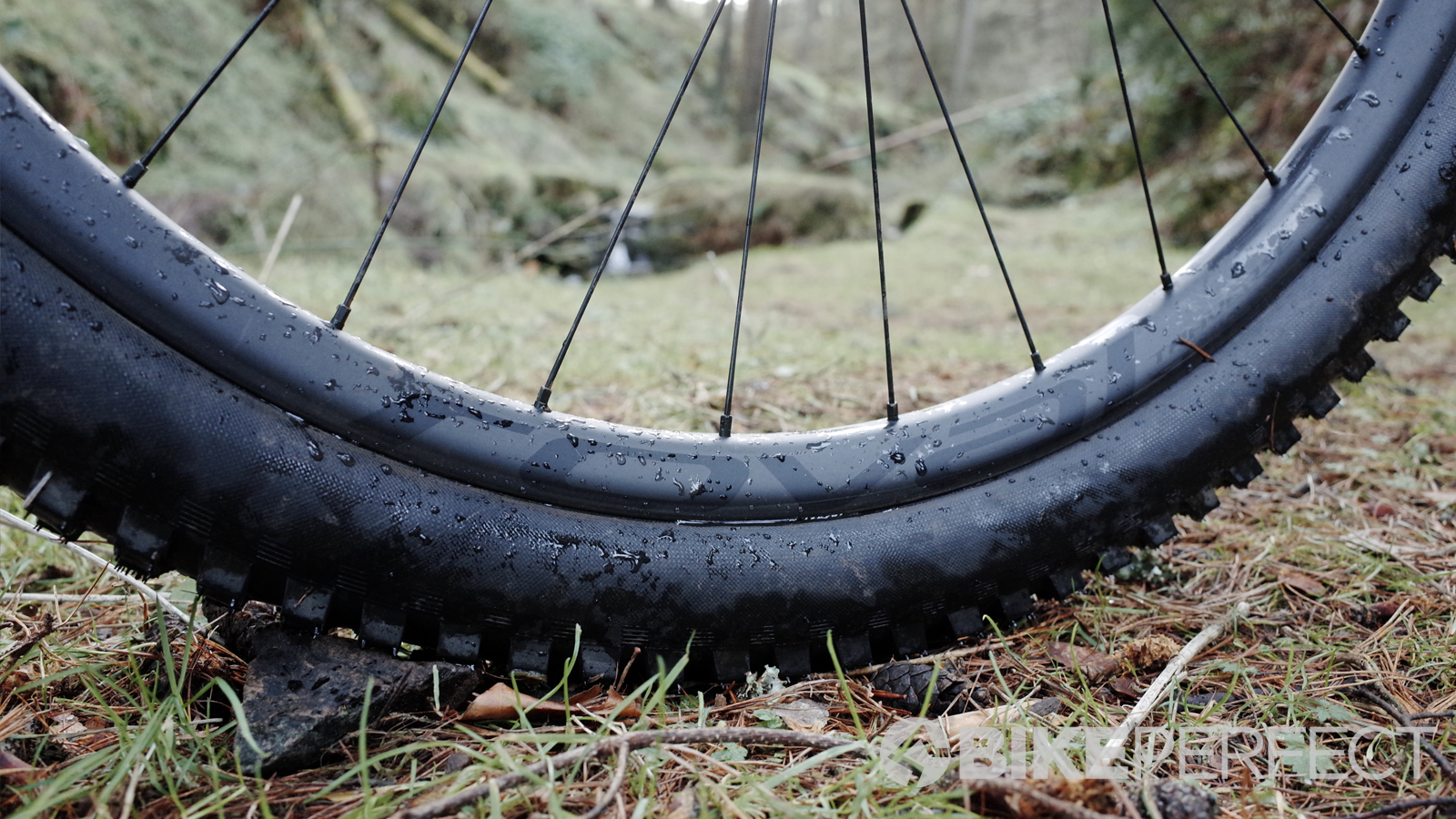
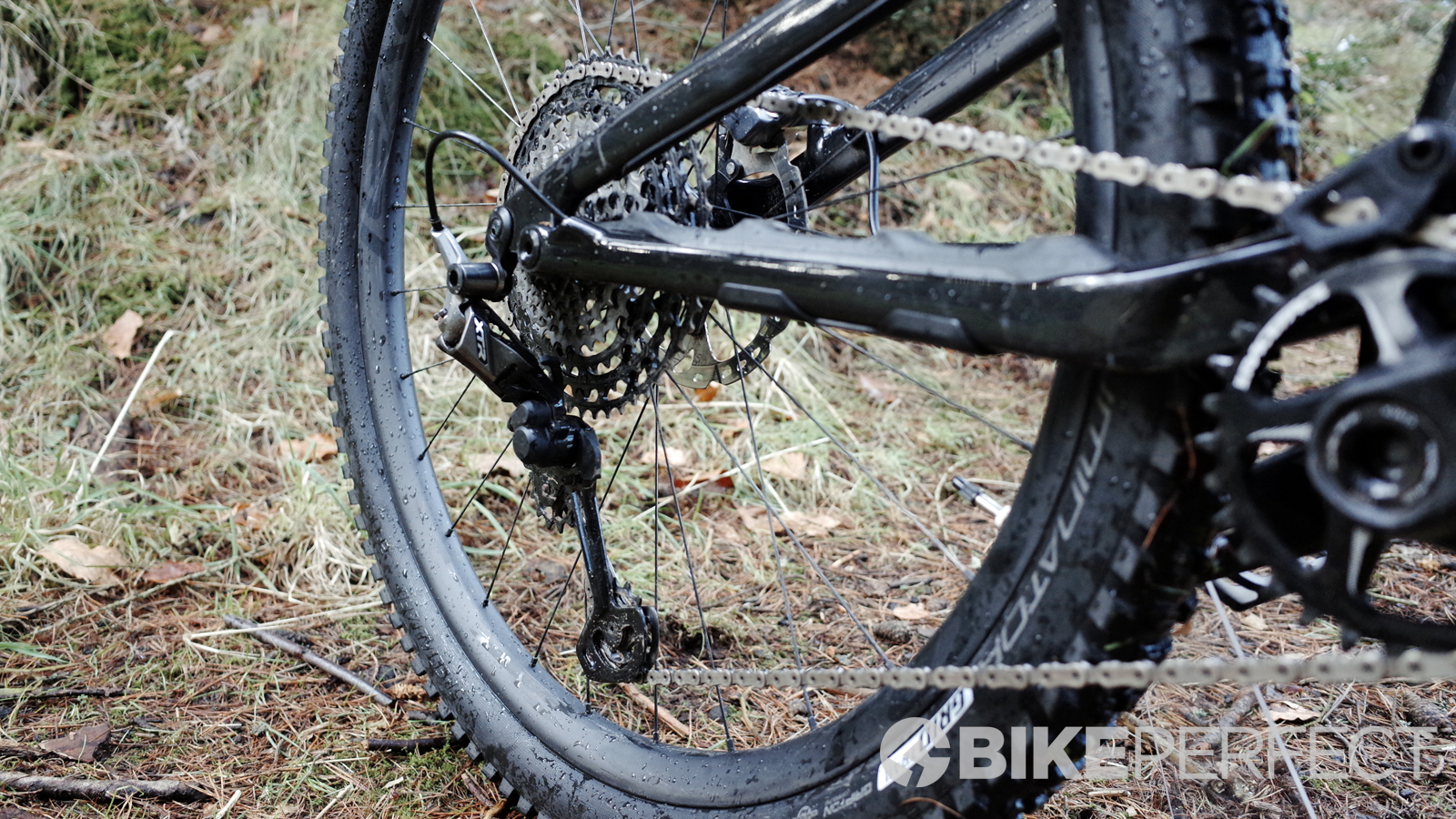
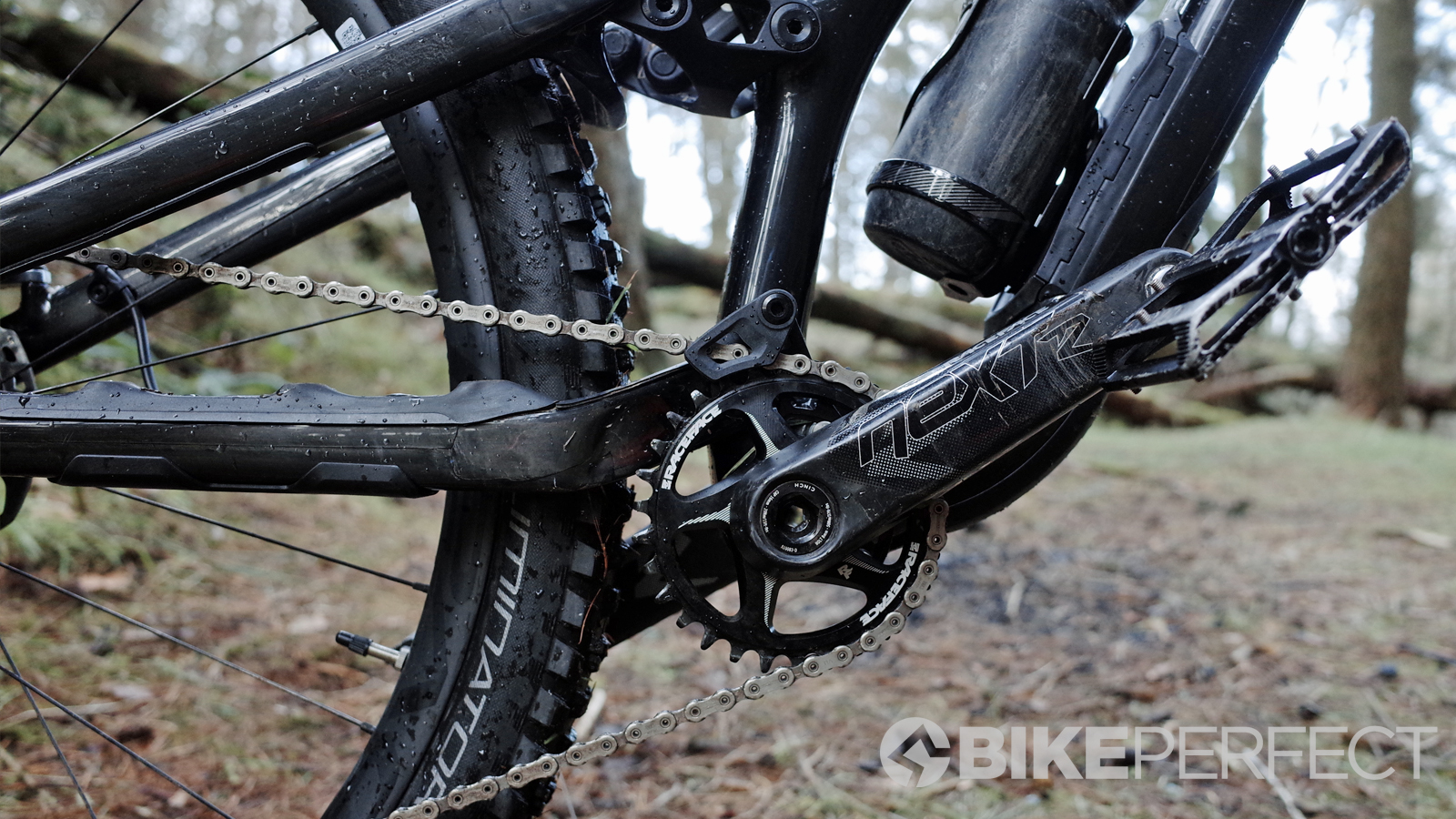
Specialized’s own brand, Roval, provides the hookless Traverse SL Carbon wheels that spun smoothly and stayed true throughout testing. The tires are a chunky 2.6in Butcher upfront and a faster rolling 2.3in Eliminator at the rear which worked well although for greasy trails you may want to opt for a grippier rear tire. The finishing kit comes from Specialized and Diety with a well-shaped 780mm Specialized Trail carbon handlebar, a Body Geometry Myth saddle, a 50mm Deity Copperhead stem and Knuckleduster grips.
Ride, handling and performance
The on-paper critique that will be thrown at the Stumpjumper is its reach and while it is short compared to many of its peers, even when it was new, in practice, it isn’t something that defines the bike on the trail. In fact, the initial impression as you turn the bike into a descent is how wonderfully familiar the bike feels and how you can begin pushing hard almost straight away. A longer reach is great as it opens up cockpit maneuverability in cornering but the beautifully balanced characteristic of the previous Stumpjumper doesn’t show any weaknesses when it comes to direction changes and airborne moments. The shorter wheelbase and snappier head angle result in a beautifully agile and fun hunting riding characteristic that wants to pop off features and dive into corners. The low stack allows you to get over the front, giving direct wheel placement and the ability to confidently place then load the front end into off-camber high lines and really work the front tire. The precision and predictability of the cornering mean it bursts out the back of corners too with huge confidence ready to tackle the next section of trail. This isn’t just the geometry at work but also the suspension.
The suspension is superb as well with an active approach and damped feel that keeps you feeling confidently planted on the ground when you need that little extra reassurance. If you are charging flat-out trails you will want a little more progression and if they are steep a little more midstroke support, but for most of the trails I rode which were about smoothly linking up turns rather than dropping the hammer it was perfect. The kinematics combined with Fox’s Trail Tune makes for a very predictable too and feels very natural to give reassurance that if you do push your skillset the suspension will bring everything back under control. The active suspension does stay very active on the way back up though so you will want to make use of the climbing switch. Once flipped the Stumpjumper will deliver you back to the top without too much complaint.
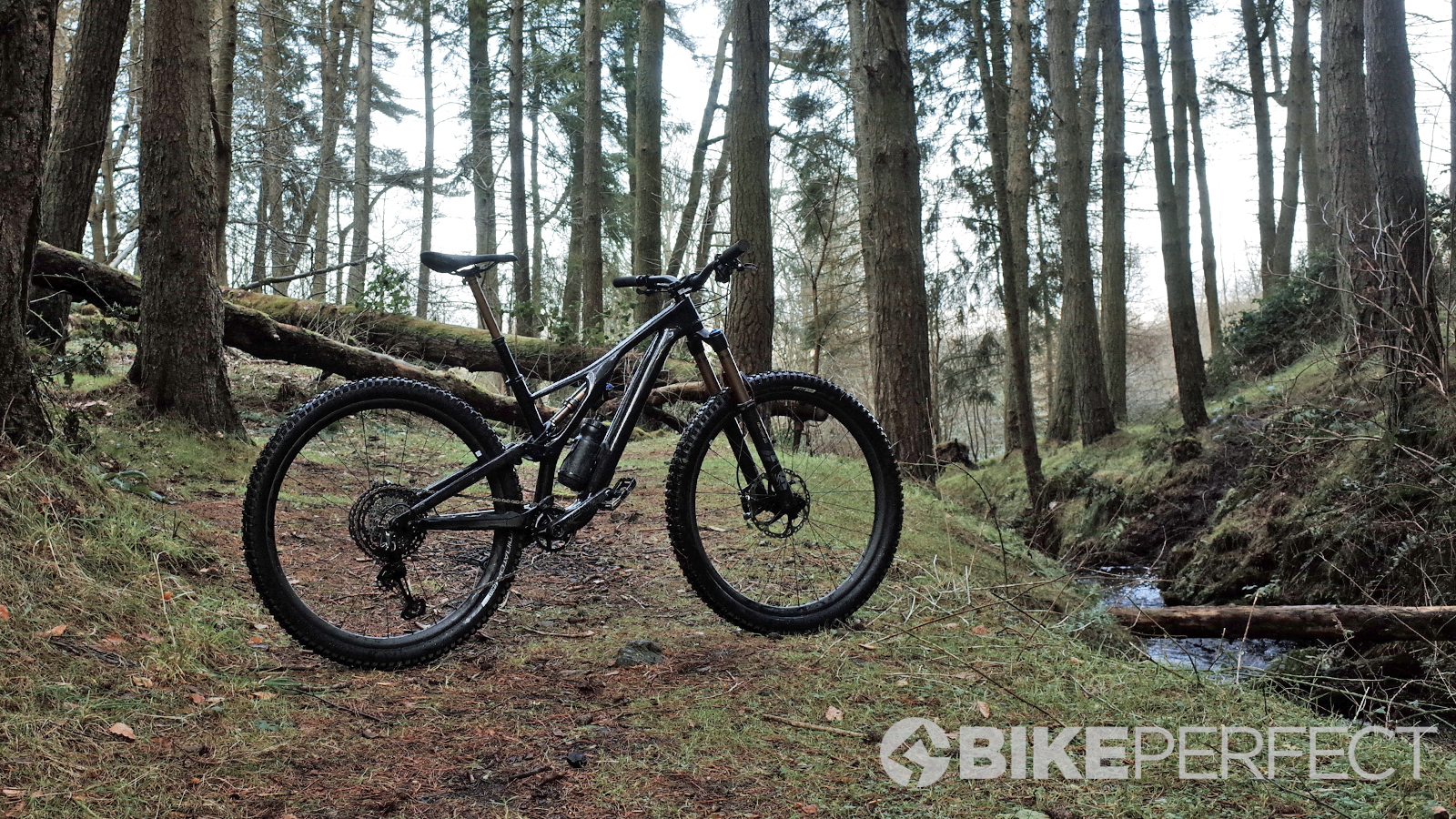
Verdict
Contemporary geometry doesn’t necessarily make older bikes inferior. How slack you need to go with a trail bike is debatable, the 66.5-degree head angle of the 2020 Stumpjumper would be considered enduro slack five years ago and isn’t any less capable now. A short wheelbase may not be as stable at speed as new longer bikes but if your trails are tight the shorter bike will whip through the bends when other ‘better by numbers’ bikes suddenly start feeling a little barge-like. I’m not denying that increasingly progressive geometry doesn’t come with benefits. Turning into a steep chute or when blasting high-speed whoop sections that longer, lower and slacker geometry is better but for the other 95 per cent of a ride - depending on the trails you ride - the 1.5-degree steeper head angle doesn’t make much of a difference.
The fact Specialized has made such a significant push forward with the most recent Stumpjumper's geometry means the previous model could easily continue as a stand-alone model in our opinion. It's still got all the features and top-performing spec that you would expect from a flagship model - it just has a different personality. The 2021 Stumpjumper and Stumpjumper EVO target the up-to-date market with must-have numbers but if you are looking for a twisty trail specialist that is predictable, planted and a hoot to ride, the previous Stumpjumper offers a compelling third option.
Tech specs: Specialized S-Works Stumpjumper
- Discipline: Trail
- Price: $9,520 / £7,999.00
- Head angle: 66.5-degrees
- Seat angle: 74.5-degrees
- Frame material: FACT 11m
- Size: Medium
- Weight: 13.3kg
- Wheel size: 29-inch
- Suspension (front/rear): FOX FLOAT Factory 36, 150mm, GRIP2 damper, 51mm offset/FOX FLOAT DPX2 Factory, Rx Trail Tune, EVOL Air sleeve
- Drivetrain: Shimano XTR 10-51T 12-speed gearing and shifter
- Cranks: Race Face Next R Carbon, 170mm
- Brakes: Shimano XTR brakes with 200mm front rotor, 180mm rear rotor
- Cockpit: Specialized Trail 780mm bar, Deity Copperhead 50mm stem
- Wheelset: Roval Traverse SL Carbon 29
- Tires: Specialized Butcher 29 x 2.6in front and Specialized Eliminator 29 x 2.3inrear tire
- Seatpost: FOX Factory Transfer dropper post
- Saddle: Specialized Body Geometry Myth
Test conditions
- Temperature: 0-10 degrees C
- Surface: Moorland and woodland natural trails, technical singletrack, local DH trails

Graham Cottingham joined the BikePerfect team as our senior tech writer in 2020. With over 20 years of riding experience, he has dabbled in downhill, enduro, and gravel racing. Not afraid of a challenge, Graham has embraced bikepacking over the last few years and likes nothing more than strapping some bags to his bike and covering big miles to explore Scotland's wildernesses. When he isn’t shredding the gnar in the Tweed Valley, sleeping in bushes, or tinkering with bikes, he is writing tech reviews for BikePerfect.
Rides: Cotic SolarisMax, Stooge MK4, 24 Bicycles Le Toy 3, Surly Steamroller
Height: 177cm
Weight: 71kg
